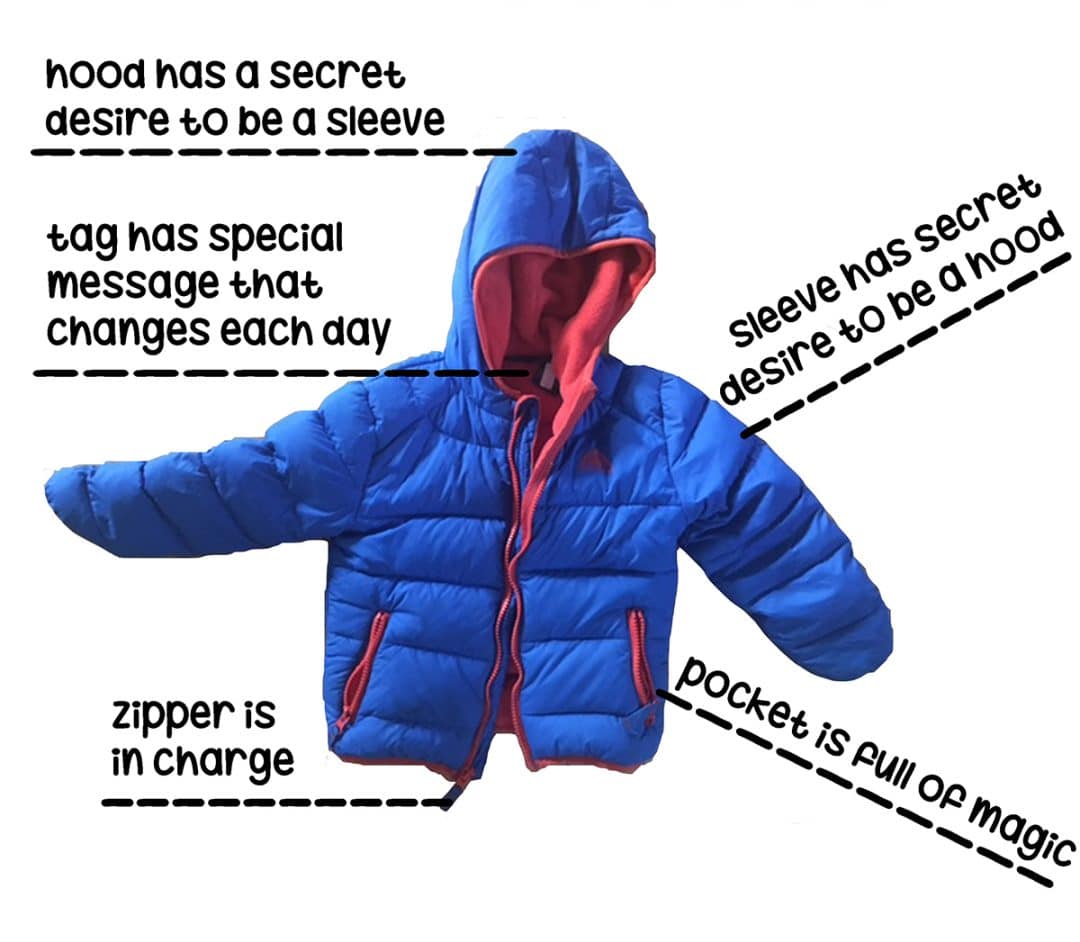
In the daily hustle and bustle, much of children’s schedules revolve around choices made by the adults who care for them. Many children move throughout their day being shuffled from one transition to another. Often, the transitions lead to frustrations and meltdowns on the part of both the children and the adults.
Local educator and founder of Improv Parenting, Keren Gudman offers some strategies which adults can use to empathize with the demands being made on children’s time, and also mitigate some of the drama when children aren’t included in the decision making. Keren’s strategies support playful communication between adults and children, as well as, valuing the collaboration that can happen when adults respect children’s perspectives and co-create playful transitions along side children. Employing strategies such as Gudman describes, provides children with tools for tackling difficult transitions on their own, and encourages them to become self aware and autonomous in finding their own strategies. We at the museum often refer to being autonomous and employing good strategies as control. At Minnesota Children’s Museum we believe Communication, Collaboration and Control are vital powers of play that lead to a successful life.
—Blake Ward, Museum Experience Manager
The Secret Life of a Jacket
Have trouble getting out the door with your 2 – 8 year-old? Let a jacket come alive!
My almost-4-year-old asks for his blue jacket to talk in anticipation of a departure. The jacket says how it loves to keep him warm, enjoys sleeping on its hook at night, and likes to teach zippering. When my son refuses to get ready or is dawdling, the jacket is eager to tell him how much it wants to play and be worn, how much it loves to walk him to school. If my son is sad or frustrated or mad, the jacket empathizes. And it even shares stories of its own frustration, like the time the zipper just wouldn’t connect.
Of course this works with anything – socks, shoes, backpack, car seat. Give that inanimate object a life story, feelings and goals. Give it a voice. It doesn’t even have to prod your child to get ready, it simply needs to be, because it will be the most interesting thing. Your child’s motivation to interact with the object will overtake any distraction or resistance.
I’m not a proponent of being your kid’s all-time entertainment. Nor of manipulation. But I know that when you are trying to do something on adult time, adult logic isn’t always the best guide. And even when a firm voice or yelling is effective, it isn’t the best teacher. Playfulness with objects can teach creativity, empathy, family values like being on time, and pretty much anything that you might want to lecture about. And it is way more fun.
—Keren Gudeman, Improv Parenting

